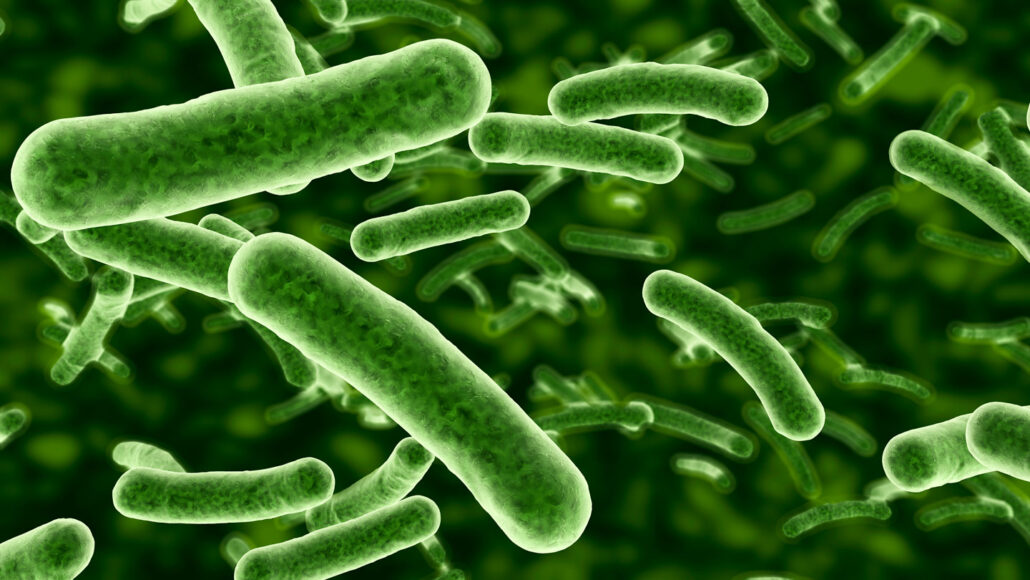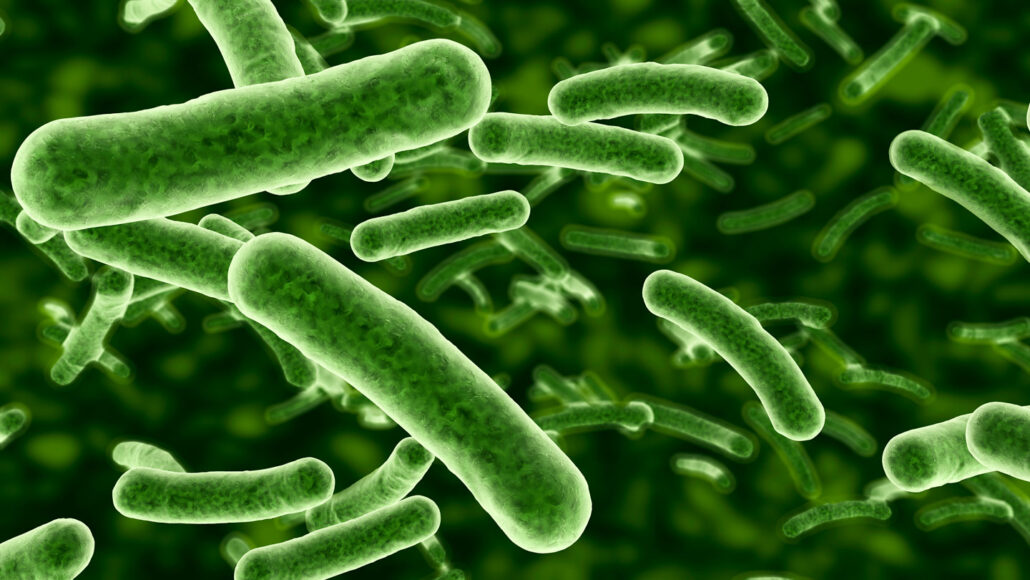Genes point to how some bacteria can gobble up electricity

Bacteria can have superpowers. Some flourish in almost any environment. Others can transform toxic materials into harmless sludge. A bacterium called Shewanella oneidensis can do both. But this microbe also has a much rarer superpower: It absorbs and produces electricity. In fact, new research suggests, these bacteria may be able to use energy collected from wind or solar sources to make fuels to run vehicles and more.
“I think of these organisms as eating electricity,” says Annette Rowe. She’s a microbiologist at the University of Cincinnati in Ohio. Her team has just identified which genes the microbe uses to gobble electricity.
Electrons are negatively charged particles. A moving stream of them creates an electric current. Scientists already knew that Shewanella can move electrons back and forth across its cell wall. But they didn’t know exactly how the microbes controlled their current, Rowe says.
“The pathway for getting the electrons in and out of the cell is like a wire,” says Rowe. “It allows current to flow from the inside to the outside.” Reverse the flow, she says, and “you can drive electrons into the cell.” The cell could then use those electrons to do some other job, such as generate current. Or it could store the energy to use later. Those electrons could later be used to make fuel, for example.
Rowe knew that Shewanella’s cellular “wire” had to be controlled by genes. But which ones?
